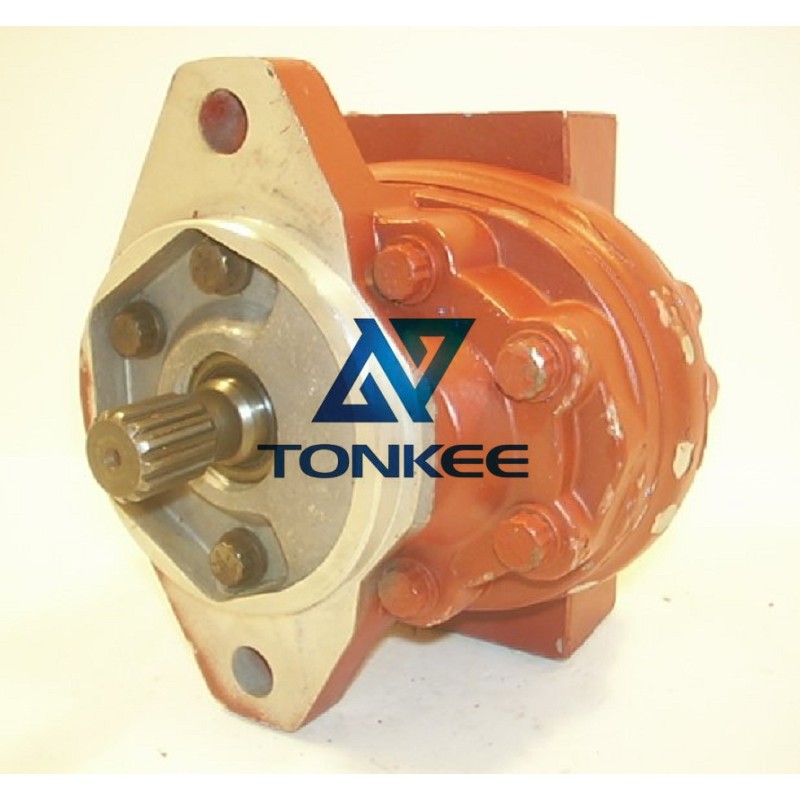
Flow and Pressure: The 25502RSB hydraulic gear pump is known for its ability to deliver a consistent flow of hydraulic fluid at varying pressures.
This makes it suitable for a wide range of applications, from light-duty to heavy-duty hydraulic systems.
Compact Design: This gear pump is compact in size, making it ideal for installations where space is limited. Its small footprint allows for versatile mounting options in different hydraulic setups.
Durability: Constructed with high-quality materials, this pump is built to withstand the rigors of hydraulic systems. Its robust design ensures a long operational life, reducing the need for frequent replacements.
Efficiency: The hydraulic gear pump operates with high efficiency, minimizing energy wastage and reducing operating costs. It efficiently converts mechanical power into hydraulic power, which is crucial in energy-conscious industries.
Versatility: It is compatible with various hydraulic fluids, including mineral oil-based fluids, synthetic oils, and some biodegradable hydraulic fluids, offering flexibility for different application requirements.
Construction:
The 25502RSB hydraulic gear pump consists of essential components, including:
Gear Sets: This pump employs a pair of interlocking gears, typically helical or spur gears, that mesh together within the pump housing. One gear is the driving gear, while the other is the driven gear.
Housing: The pump's housing is usually made from high-strength materials like cast iron or aluminum alloy to withstand high pressures and provide structural integrity.
Inlet and Outlet Ports: It features inlet and outlet ports to facilitate the entry and exit of hydraulic fluid into and out of the pump.
Shaft: The pump is typically connected to a motor or engine via a shaft, which transfers the rotational power to the gears inside the pump.
Seals: To prevent hydraulic fluid leakage, seals and gaskets are used at various points within the pump, ensuring a tight seal and efficient operation.
Working Principle:
The hydraulic gear pump operates based on the principle of positive displacement. As the gears rotate, they create a partial vacuum at the inlet port, drawing hydraulic fluid into the pump. The fluid is then trapped between the gear teeth and the housing, causing it to be carried around the gears and pushed out through the outlet port. This action generates a continuous flow of pressurized hydraulic fluid, which can be used to perform work in the hydraulic system.